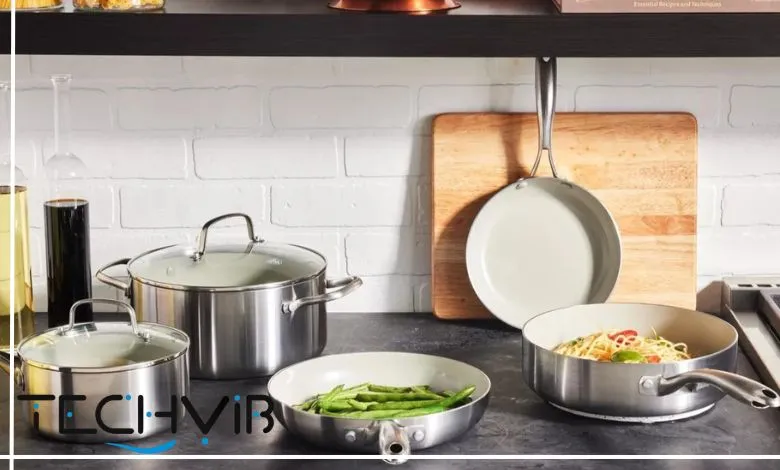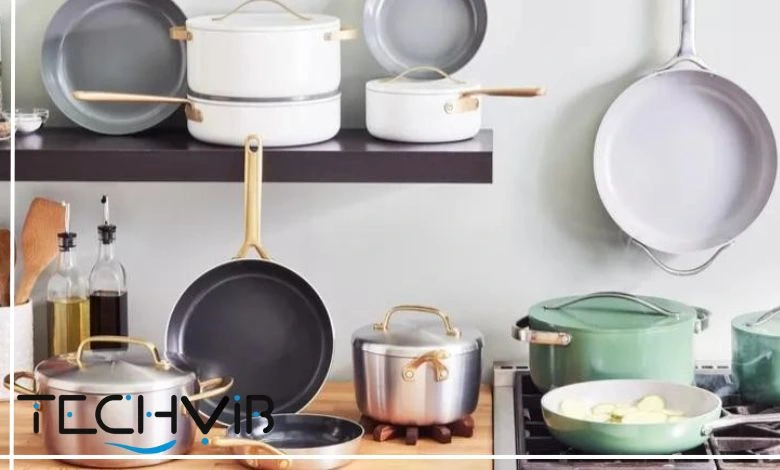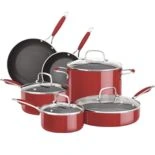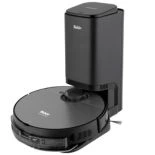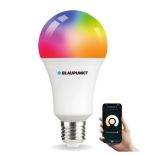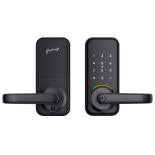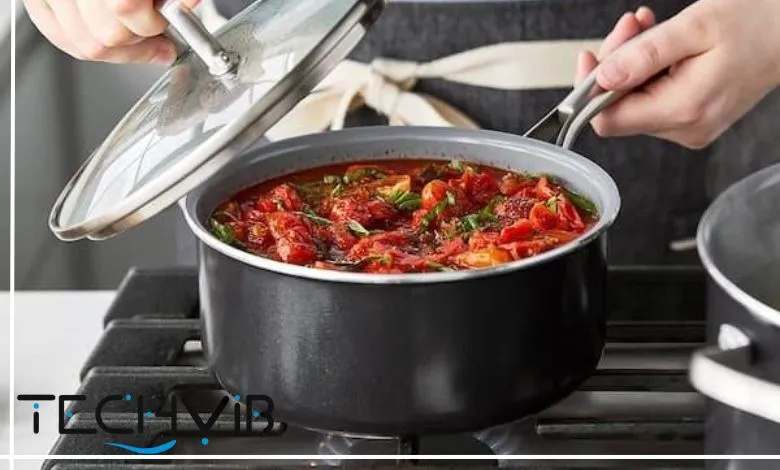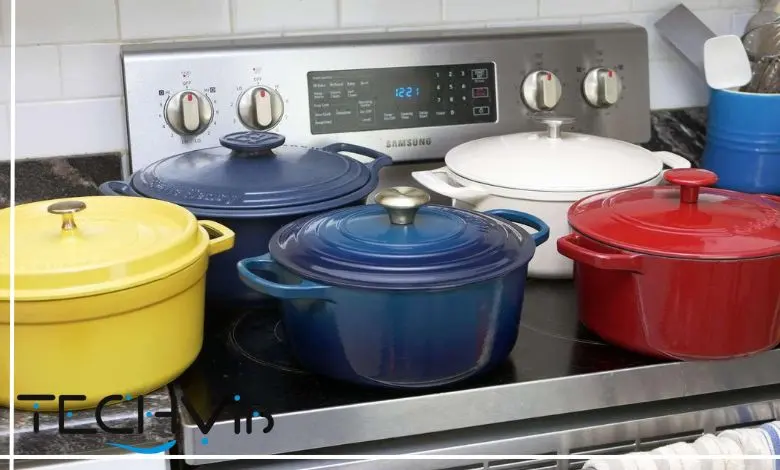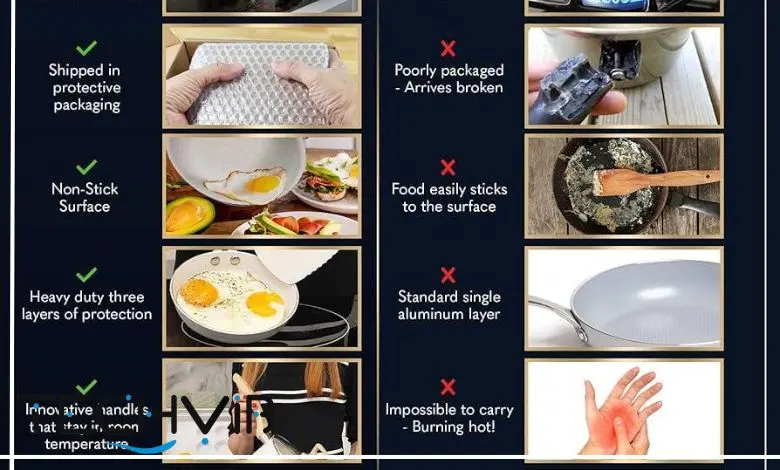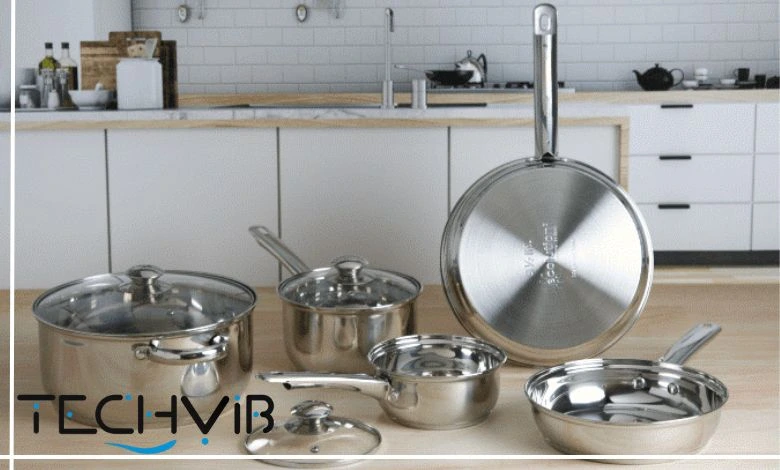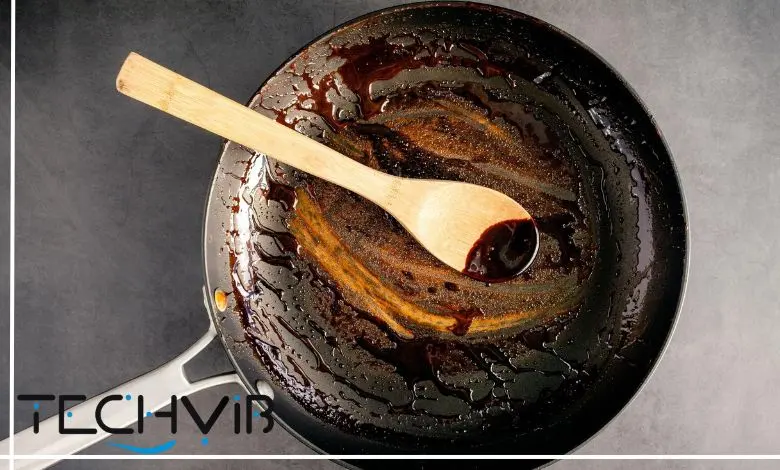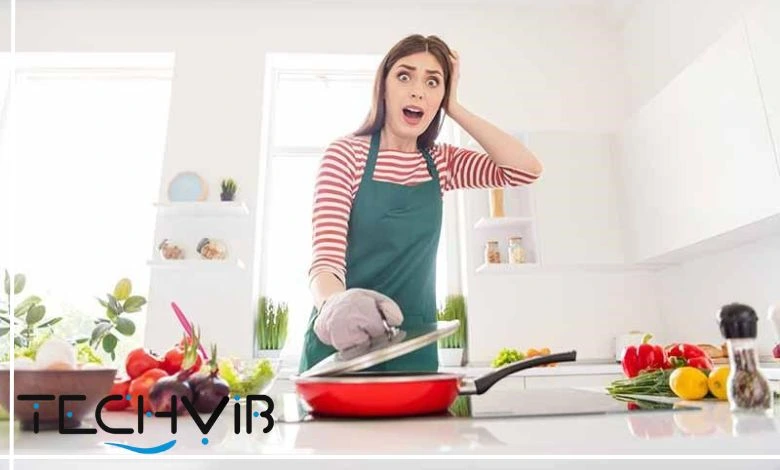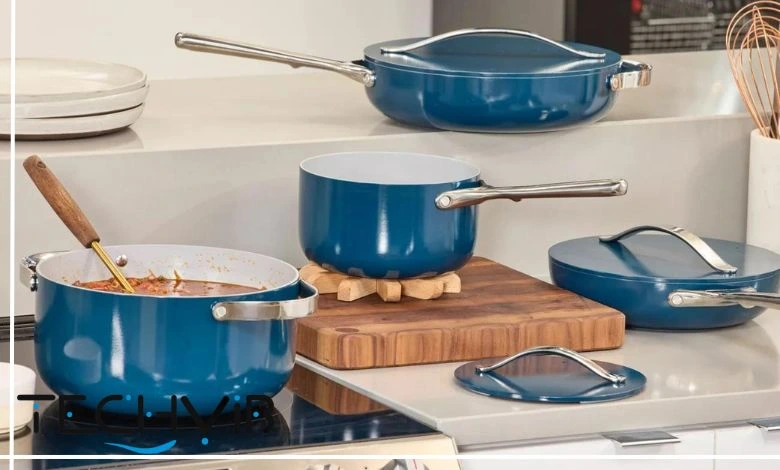Cookware
-
Understanding Different Cookware Materials
Cookware plays a pivotal role in every kitchen, transforming simple ingredients into delightful meals through the magic of materials engineered…
Read More » -
Ceramic Versus Stainless Steel Cookware: Which One Is Better?
When deciding between stainless steel vs ceramic cookware, consider that each material brings distinct advantages and limitations to the kitchen.…
Read More » -
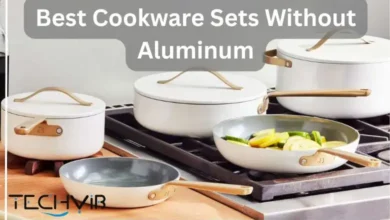
Best Cookware Sets Without Aluminum 2025
Cooking and eating are among life’s greatest pleasures, especially when accompanied by safety and health considerations. The cookware we select…
Read More » -
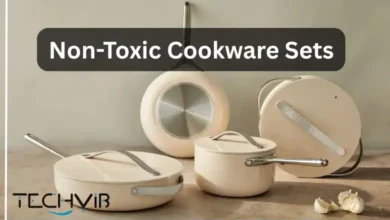
Non-Toxic Cookware – Real or Hype?
When cooking, you probably focus on your ingredients but might overlook the materials in your cookware. Nonstick pans often contain…
Read More » -
Best Cookware Sets for Beginners
Choosing the best cookware sets for beginners is key to enjoying cooking and avoiding common mishaps like burning or sticking.…
Read More » -
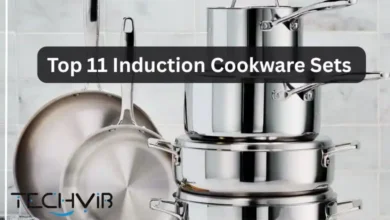
Top 11 Induction Cookware Sets – Lightweight Picks
Induction cooktops require cookware with a ferromagnetic base to function properly, as they rely on electromagnetic coils beneath the surface…
Read More » -
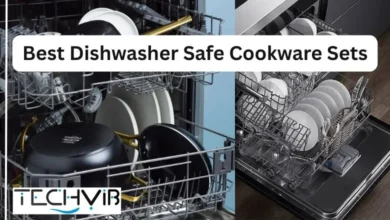
Best Dishwasher Safe Cookware Sets in 2025
Dishwasher safe cookware is essential for easy cleanup after any gathering, allowing hosts to enjoy their guests without worrying about…
Read More » -
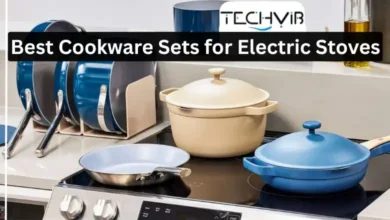
Best Cookware Sets for Electric Stoves in 2025
Choosing the right pots and pans for an electric stove can be challenging. Electric stoves need cookware that handles their…
Read More » -
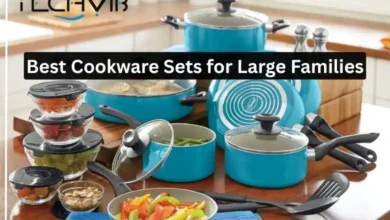
Best Cookware Sets for Large Families in 2025
Choosing the right cookware for a large family can both double the joy of cooking and pose a significant challenge…
Read More » -
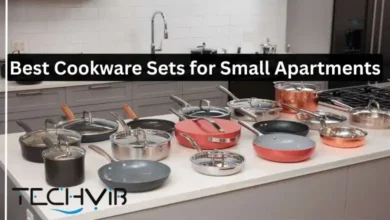
Best Cookware Sets for Small Apartments
Living in a small apartment means you have to use every bit of kitchen space wisely. That’s why choosing the…
Read More » -
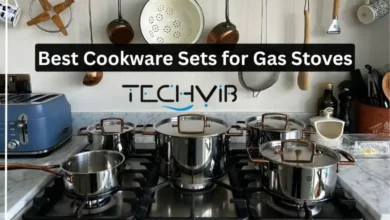
Best Cookware Sets for Gas Stoves in 2025
Gas stoves deliver fast, powerful heat with precise control, but their intense, focused flames can easily burn, warp, or scorch…
Read More » -
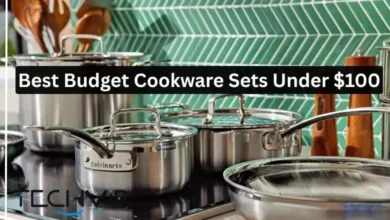
Best Cookware Sets Under $100 in 2025
Truly best cookware set under $100 often risk issues like warped bottoms, scratched coatings, loose knobs, and fragile handles over…
Read More »
